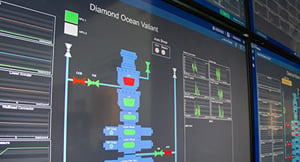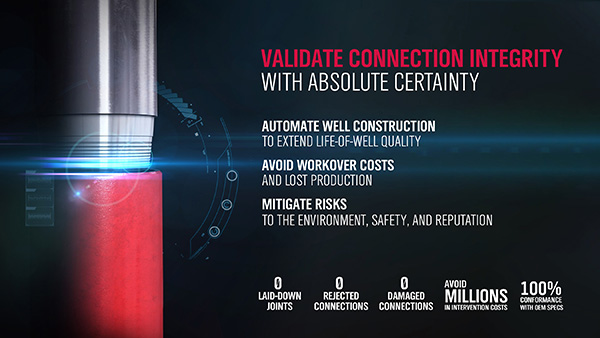Oil and gas extraction has a reputation of being a hands-on, sweaty business that relies on muscle power. But the Fourth Industrial Revolution is starting to upend the energy industry, just as it has done in other sectors, including manufacturing, transportation, and entertainment.
In this post, we’ll take a look at some of the new oil and gas technologies that have recently come into the spotlight.
Cloud computing

Schlumberger, the world’s biggest oilfield service provider, revealed on August 23 that it intended to make its data ecosystem more easily available to companies around the world by means of cloud computing. The company hopes to accomplish this by contributing to The Open Group Open Subsurface Data Universe™ (OSDU) Forum in order to speed up the delivery of a platform that will serve as a repository of data collected from field operations. In turn, the platform will give energy operators, software vendors, academic institutions, and other contributors a way to promote their solutions to entities looking for new ways to process their data.
The company hopes to accomplish this by contributing to The Open Group Open Subsurface Data Universe™ (OSDU) Forum in order to speed up the delivery of a platform that will serve as a repository of data collected from field operations. In turn, the platform will give energy operators, software vendors, academic institutions, and other contributors a way to promote their solutions to entities looking for new ways to process their data.
This announcement came just a few days after Schlumberger said it had struck a seven-year technology collaboration deal with Woodside Energy. The agreement will allow Woodside to use the analytics, machine learning, security, and high-performance features of Schlumberger’s DELFI cognitive E&P environment to reduce costs and maximize efficiency.
Analytics

Speaking of analytics, Houston’s Diamond Offshore Drilling launched its Stack-View service on August 2. It said it was already using the features of the service – namely, advanced analytics, data visualization, and 24/7 real-time remote monitoring – to detect anomalies and spot trends in blow-out preventers (BOPs) across its own fleet of drilling rigs. These features collect new data from BOPs and compare it to a bank of existing data with the aim of heading off problems before they happen. This kind of predictive maintenance allows rig operators to reduce downtime and to mitigate stack pulls and other issues triggered by maintenance operations.
Shortly thereafter, Aberdeen’s OPEX agreed to deploy its X-PAS predictive analysis service at the Scott, Golden Eagle, and Buzzard platforms in the UK section of the North Sea. The deal has a term of three years, with options to extend. It will allow the operator, a subsidiary of China National Offshore Oil Corp. (CNOOC), to use the service to support operations across all topside gas, oil, power, and water systems of the platforms.
Artificial intelligence
Meanwhile, Weatherford, another big name in oilfield services, reported a milestone for Vero, its automated connection integrity system, on August 16. It said that Vero had completed a total of 15,000 tubular connections for 50 separate project since its debut in November 2018. The system applies artificial intelligence to every step of the connection process, thereby improving efficiency and validating well integrity while also minimizing safety hazards. It has already won accolades from users in Kazakhstan, Norway and the United Arab Emirates, and one of Weatherford’s customers in Qatar asked for it by name.

Dean Bell, the company’s president of well construction, called Vero “the most disruptive technology ever introduced in the tubular running space.” He also noted that the system was already being used extensively “in most major offshore and onshore markets around the world” and said it would be deployed in the U.S. for the first time this autumn.
Keep an eye on this space for more updates on technologies disrupting the oil and gas industry or subscribe for updates and be notified automatically.




